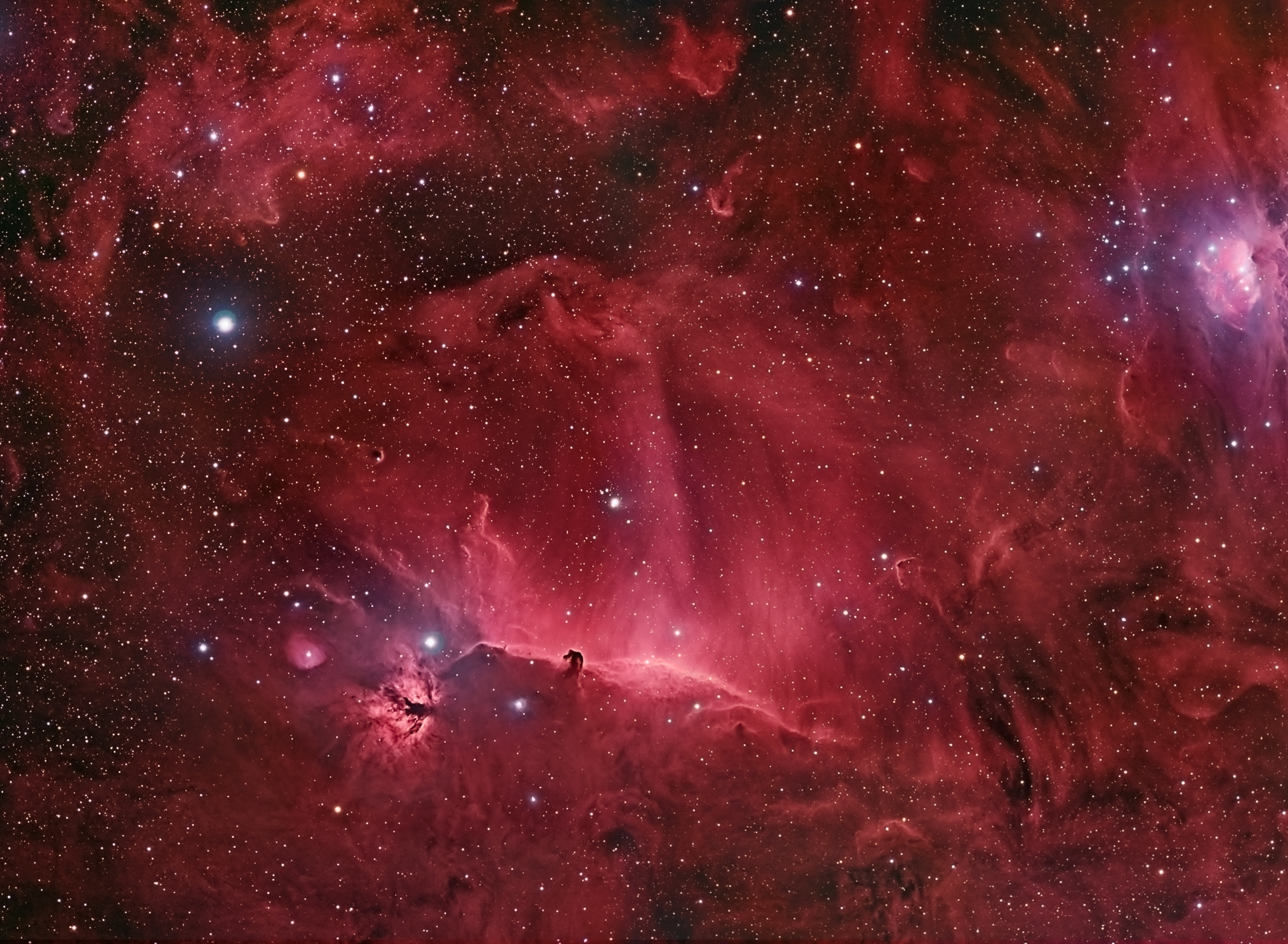Every year is full of special moments in the sky as planets and stars and the Moon align to create noteworthy patterns and special views. 2013 will be marked by many special moments, so here's a quick overview of them.
Comets
 |
| Comet Hale-Bopp |
The event of the year could be the fly-by of Comet Ison, currently en route for a November 28th close encounter with the Sun, potentially lighting up the night (and even daytime) sky.
More information on Comet Ison here.
Asteroids
Mark your calendar for February 15-16, when
Asteroid DA14 will pass within 10,000-20,000 miles of the surface of the Earth. This is a big asteroid, at 125 feet, and could cause considerable damage if it was to impact. Lucky for us, we will not have anything to worry about. More here from
Earth Sky.
Eclipses
Only one eclipse will be of significance for the West Coast, on October 18th when the
Moon will pass within the Earth's penumbral shadow. This partial eclipse will start before moonrise in California, but once the Moon rises, should be a nice sight.
Occultations
Every month as the Moon slips past planets and stars in the night sky, there are moments when a distant object is blocked out by the Moon, called an
Occultation. This year there are several close encounters that should be quite fun to watch from the Bay Area. Depending where you are on Earth, you can see more or less of these events. A few noteworthy ones:
January 21 and
March 17 when the Moon passes very close to Jupiter; and
February 28-March 1 and
July 15-16 when the Moon passes very close to the bright star Spica.
Be sure to check out the
Year In Space calendar for 2013 which has fascinating facts and is a wealth of astronomy information for every day and month of the year. And happy viewing this year!
Image courtesy Wikimedia Commons.







